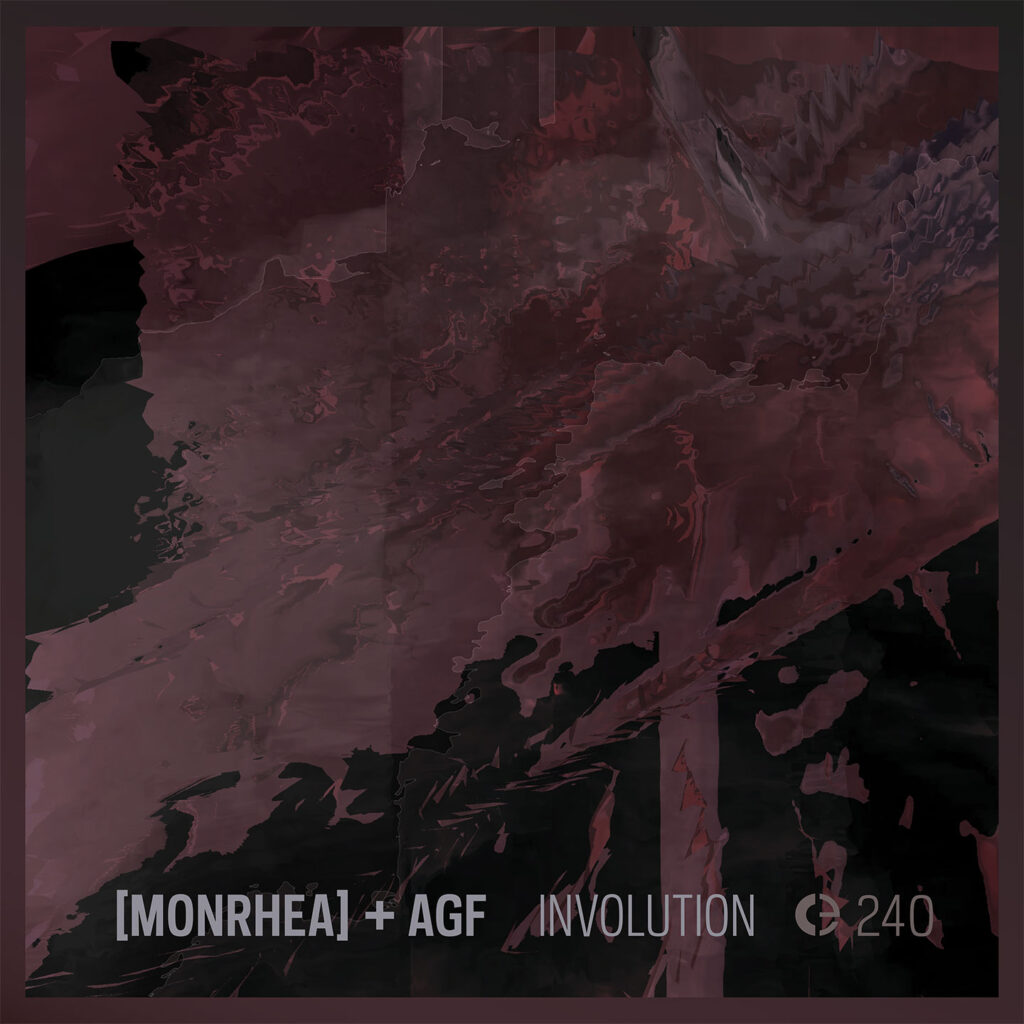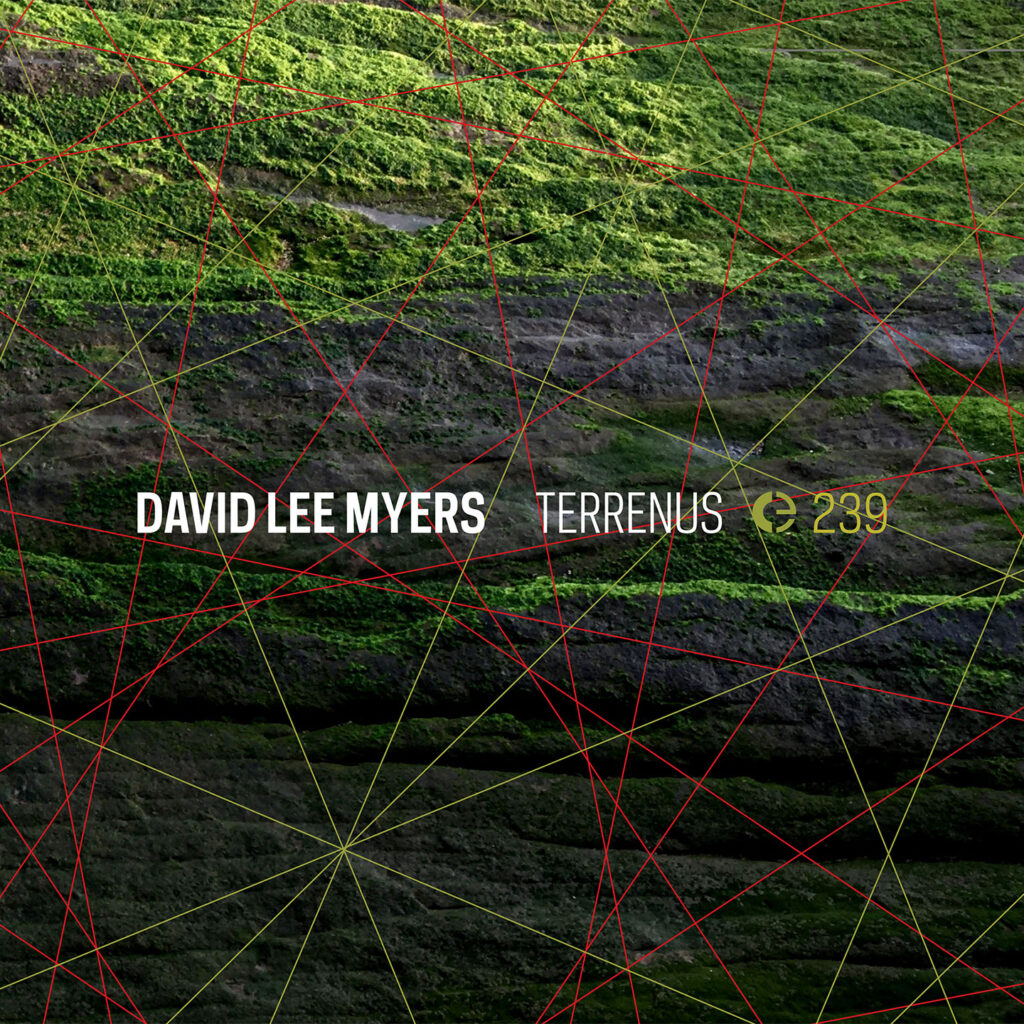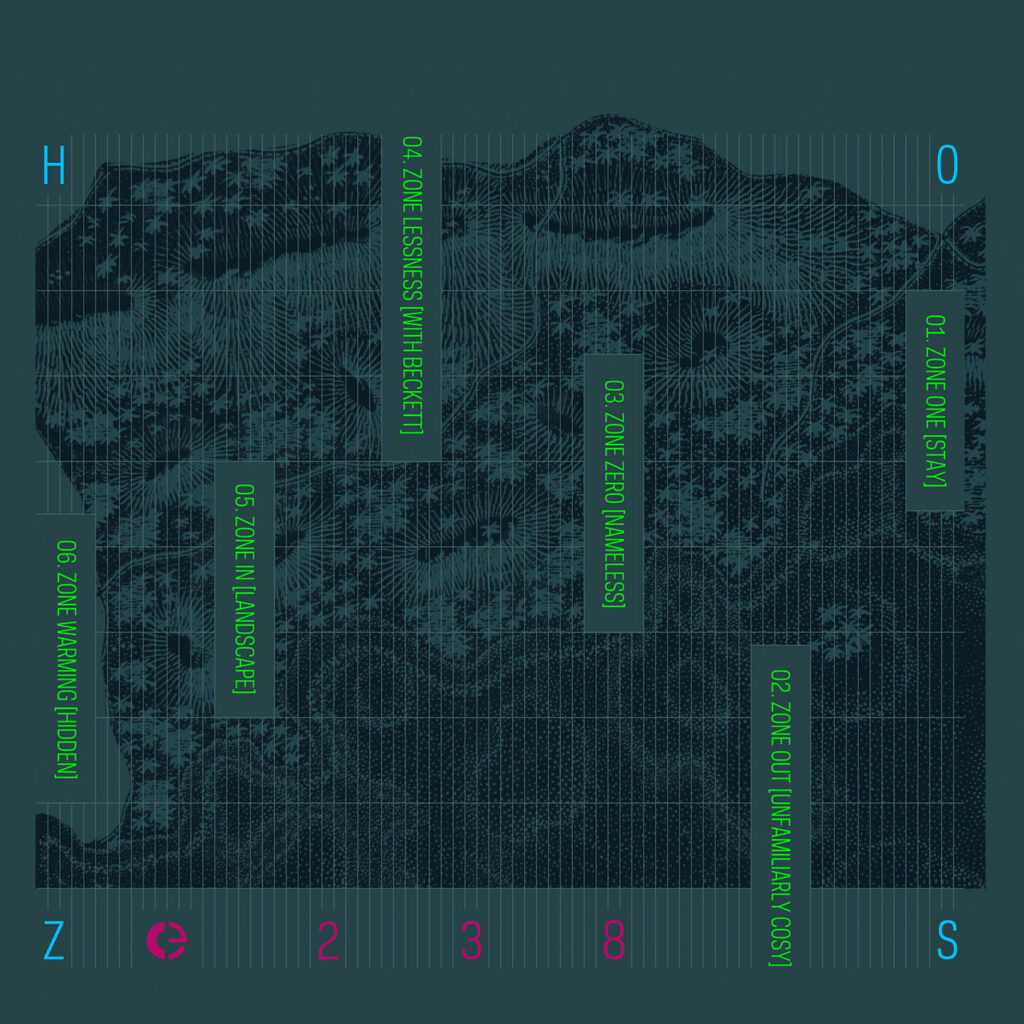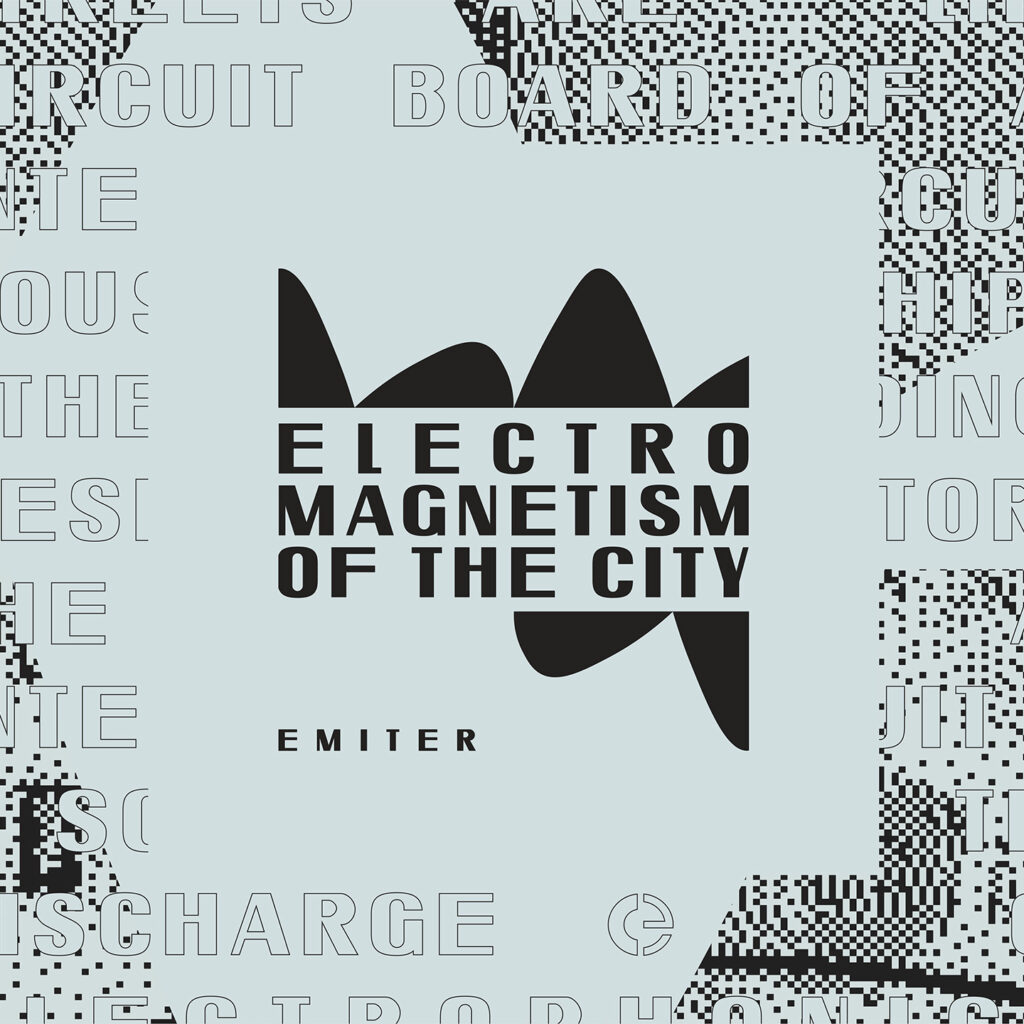
Successive Actions takes in sixteen tracks built around recordings of motorised devices, sourced from obsolete consumer technology. Track lengths vary between one and eleven minutes, with the recordings moving between textural studies, erratic blending of several different elements, and all-out/ intense sound crafting.The CD album comes presented in a dark blue card gatefold featuring what looks like lines of tiny ‘T’ ‘s set out in a series of vertical lines. The release appears on Crónica and can be purchased directly from here. Since the early 2000’s Mr Whetham has been sonically active. His work often utilises environmental sound, employing a variety of methods and techniques in order to obtain often unnoticed and obscured sound tendencies. He also explores ways of creating physical traces of sound and transforming energy forms. He has performed/exhibited internationally, has received a large number of commissions and awards, has many published composed works, and regularly collaborates with other artists.We open with the track “Action” which is a blend of low-key drilling tone sweep, several layers of ragged tone buff, and a few moments of thicker tumbling rip. As we move on, we have “Redaction” with its mix of circular scape, bumbling hiss, and busy/close-up like insect-like fumblings.Later on, we have the slurred pitch stabs, rolling drone clutter, and small motor clutter of “Compaction”. There’s the purring chop, firing electrodes, and the loose slicing of “Counteraction”. Or the knocking scarp, electro buzz/ simmer, and circular grain detail of “Abstraction”.Throughout Successive Actions, Mr Whetham certainly mines some worthy tone / textural detail. I personally felt it would have been nice if there had been a larger range of different types of textures, as well as more thought put into the compositional elements- yes, I know it’s primarily noise, but that doesn’t mean it can’t have that element present. Roger Batty
via Musique Machine





